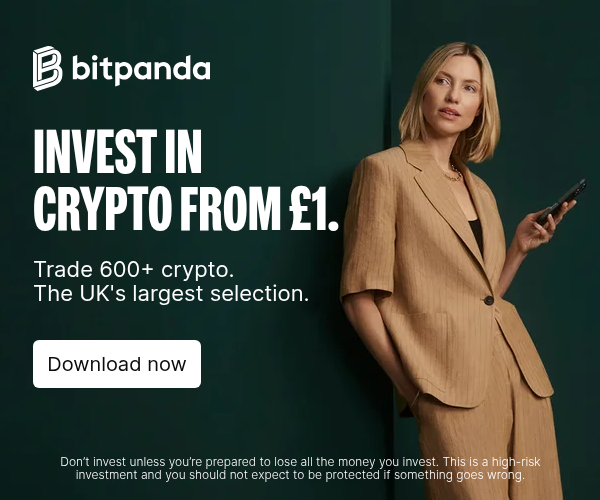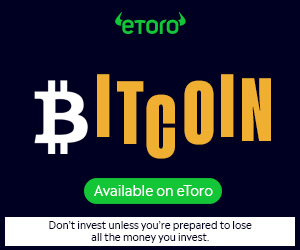
Chris: Hi! Can you tell us more about yourself and the role you're playing in that blooming project?
Revox: I'm Revox, known more personally as Robert Piotrowski. I'm an electronics technician student and the founder of Duino-Coin. More info can be found on my portfolio and the Duino team page.
Chris: Duino started off as a crypto dedicated to energy-efficient mining. What was the central idea core to the creation of Duino coins?
Revox: Duino-Coin since the beginning focuses and will focus on energy-efficient mining. This has been done mainly to allow everyday users to utilize their computers, single board devices, or development boards in cryptocurrency mining. When I was starting with crypto coins in general I found that most (if not all) projects are unreachable to 'typical' people, whether it's caused by high-priced entry points to get the hardware, lack of easy-to-follow documentation, or difficult to set up the software. Duino tries to focus on creating a great user experience for all users, not only already experienced ones. It's also worth noting that Duino-Coin is mostly mined with cheap & low-power devices, such as Arduino, ESP8266, or Raspberry Pi boards. The network currently uses about 32 kW of power with 37000 actively mining users. Recently we've introduced support for mining on feature phones (even as old as 2008!) which extends the availability of the coin even further.
Chris: How does the reward distribution system work with Kolko-enabled devices?
Revox: The original Kolka system plays a huge role in the Duino-Coin network. It consists of several stages that control each device mining on the network. The instant effects of the system that each user sees are mining rewards and difficulty getting automatically adjusted and assigned to the correct tiers depending on various mining factors (e.g. hash rate, share rate, device type, miner count, and others). Kolka also has many stages that check the legitimacy of the miner to make sure no altered software is used and the rewards are kept fair accordingly to the user device. Because of security reasons, for now, I can only brief explanations of the system.
Chris: Moreover, can Duino Coins be brought with fiat money? What are the available cryptocurrency swaps for Duino tokens?
Revox: As far as I know, there isn't an exchange that allows directly converting Duinos to dollars. Currently, DUCO itself can be easily swapped on the official exchange site (exchange.duinocoin.com) to various cryptocurrencies. Duino-Coin in its wrapped forms can be traded on UbeSwap (Celo blockchain), SunSwap (Tron blockchain), PancakeSwap (BSC Smart Chain), and SushiSwap (Matic blockchain). Wrapped Duino-Coins can be easily converted back to regular DUCO and vice-versa directly from the online wallet. Having the wrapped versions allows us to easily get added to new exchange and swap sites.
Chris: Furthermore, how do Duino tokens help the new crypto traders? How does it ensure simplicity in transactions?
Revox: One of the Duinos main focuses is simplicity in user experience, so all official websites are kept to be as available as possible. For newcomers, we have getting started guides on our main website which also cover trading Duino-Coins on the official and other exchange websites.
Chris: Also, could you briefly describe the minting process for the Duino tokens?
Revox: The mining process is simple - a beginner developer should be able to write his miner with some basic skills and knowledge. The miner fetches a previous block hash, the expected block hash, and the starting difficulty level from one of the nodes. Miner iterates in a loop from 0 to difficulty adding the number to the previous block hash until the expected one is found. The numeric result of this hashing process is sent back to the node that takes care of everything else. The process is also described in the whitepaper which should be the go-to place for every new user that wants to know a bit more than what the guides tell: https://github.com/revoxhere/
Chris: In the end, what more can the investors expect out of their Duino tokens in the next six months? How does your roadmap chart out?
Revox: Duino-Coin has been growing quite fast in the last few months, which is quite shocking for me because it started as a for-fun project. Because of that I always avoid making assumptions about what users should expect for the future, but I can say for sure that we'll be adding as many new mining options as possible, while keeping everything both user- and eco-friendly. New exchange listings should be also on the way, although it's good to keep in mind that there's still a lot to do to make Duino fully professional.





 usdt
usdt bnb
bnb

